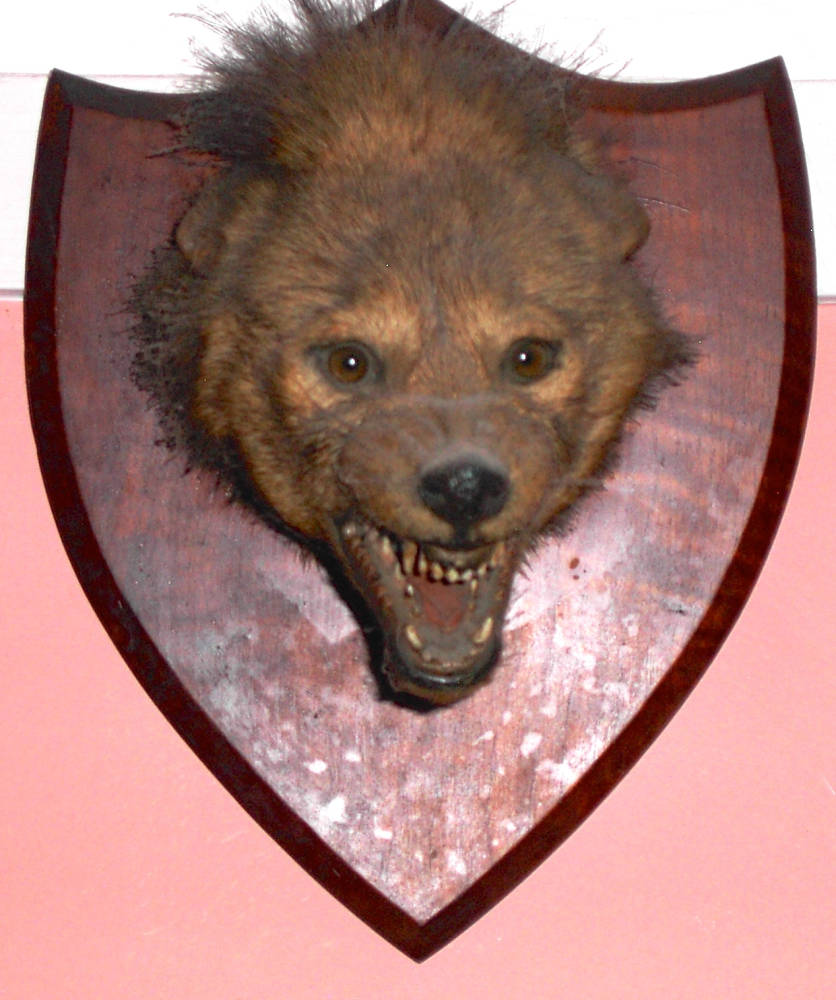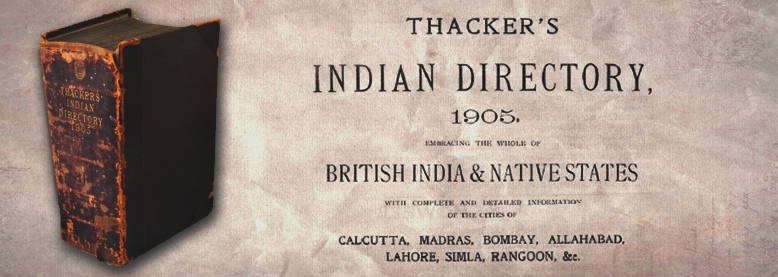An earlier version of this article appeared in 1995 in The Islamabad Post, the in-house magazine of the British High Commission in Pakistan.

Few places in Pakistan evoke the British Raj and its demise as eloquently as the Peshawar Club and its library. The tennis courts still bustle with activity but the club buildings are sad and neglected. Could this really have been the social hub of Peshawar only seventy years ago where officers would discuss the latest frontier campaign and the current scandal? The famous horseshoe bar has gone since prohibition in 1977 and has been replaced by a Bridge Room.
That room must have a few tales to tell; of arguments, indiscretions, young officers drowning their sorrows or crowing about their latest exploits in bed and battle. The snooker room is still there with its two tables, one dated London 1941 and the other built by George Lazarus of Calcutta (established 1820) ‘as used by Stevenson and Gray’ but the layers of dust betray the neglect. The club was also the home of the Peshawar Vale Hunt complete with its pack of fox-hounds shipped from England. Every Sunday in the cool weather they used to gallop over the valley dressed in traditional pink in search of hapless jackals!


Left: A portion of a map from the hunt club of the area in which the hunbts took place. Right: A mounted head of a jackal — the Indian stand-in for the English fox. Thanks to David Burrage for sending in these photographs.
On entering the library the first thing you notice are the nine antelope heads mounted on the walls, relics of an era before we became concerned about the environment, and all of species long since extinct on the frontier. Next you see that the room is lined with glass-fronted bookcases with steps provided to access the top shelves. As you begin to browse, the realisation dawns that this is a library frozen in 1947, as if someone had walked out and just turned out the lights. The titles speak for themselves; The Building of the Empire by Alfred Story (1898), 71 Years of a Guardsman’s Life by Major-General George Higginson (1918), Forever England by J.E.B.Seely (1932). The interest in such books came to a grinding halt at independence. The History of the Guides (Regiment) 1846-1922 was borrowed 15 times before 1947 and only once since. The comparatively racy Turkestan Solo: One Woman’s Expedition by Ella Maillart (1935) was borrowed 66 times until October 1946 and only twice since (1949 and 1951). The card index behind the librarian’s desk is caked in dirt but if you can force it open you find that, apart from a couple of attempts at revival in the 1960s and 1970s, it too is frozen at 1947.


Two of the books found in the club library. [Click on these images to enlarge them.]
I do not mean to mock the place; quite the contrary. It is actually an excellent library with well-preserved, albeit dusty, books and the occasional treat. Lt-Col V. Prescott-Westcar’s Big Game, Boers and Boches is a rollicking read and the 1897 Jubilee Book of Cricket by Prince Ranjitsinhji dedicated to H.M. The Queen-Empress has some wonderful photographs of W.G.Grace ‘playing back’ and Lord Hawke ‘running to drive’. Advanced Golf by James Braid (1924) has some quaint advice on dress and tactics. The reference section has the standard works like Who’s Who 1937, The Indian Army List (1936-38) and the British Army List(1937-38) but it also has a copy of Thacker’s Directory for 1900. Thacker’s is an amazing book of well over a thousand, pages produced each year and containing everything you ever wanted to know as a Briton posted in India. It includes street directories for all the main towns (Delhi, Bombay, Calcutta, Madras, Lahore, Rawalpindi etc) and for the ‘mofussil’ (the term used for the outlying regions beyond the big cities of Bombay, Madras, Delhi and Calcutta). There are sections on the masonic lodges and shipping schedules and advertisements for vital products like the ‘Army and Navy Diarrhoea and Cholera Mixture’.
But the modern world began to intervene. Some locally-bound paperbacks were admitted; Vulgar Streak by Wyndham Lewis (1937), Cocktails at Six by Gordon Glover; no real harm in that. Then a real threat emerged; Hitler Speaks by Herman Rauschning (1940) is one of at least 20 books on Hitler. The shelf betrays an unease even after Germany had been beaten. Even though I could not find a single book on Gandhi, Nehru, or Jinnah and the growth of the self-rule movement there is an acknowledgement in that library that the game was up; a sense of exhaustion. After the trauma of the war everyone just wanted to get back home. The days were gone of sitting misty-eyed over a copy of Hilaire Belloc’s The County of Sussex awaiting your next furlough (leave) 8 years later.
The end when it came was not pleasant. Peshawar was the scene of a bloodbath as scores were settled by the some of the local Pashtun population against Sikhs and Hindus. The small British contingent was a mere spectator as is well described by Edward Behr, the journalist, in his autobiography (43-66). A nasty but enduring myth grew up that the departing master of fox hounds had shot all the dogs before he left. I always suspected this story and was pleased finally to disprove it when I read Peter Malins’ memoirs. Just a few months after Independence and Partition in 1947 he was invited to ride out with the hunt, now run by a Pakistani Lieutenant-Colonel. The hounds were in fine form; alive and well (140-41).
The Peshawar Club still provides a quiet refuge for the more sedate and privileged residents of a garrison town that is now surrounded by troubles. But for me it tells the story of the day when an era came to an end.
Related material
Further reading
Behr, Edward. Bearings: a Foreign Correpsondent's Life Behind the Lines. New York: Viking, 1978.
Malins, Wing Commander Bill. Coming in to Land. Cirencester. Memoirs, 2010.
Willasey-Wilsey, Tim. Historical Asides. Britain and Pakistan. Rawalpindi, 1996.
Last modified 28 September 2014